Through a happy accident, researchers have identified a new self-repairing electronic material that could make sci-fi dreams a reality.


Through a happy accident, researchers have identified a new self-repairing electronic material that could make sci-fi dreams a reality.
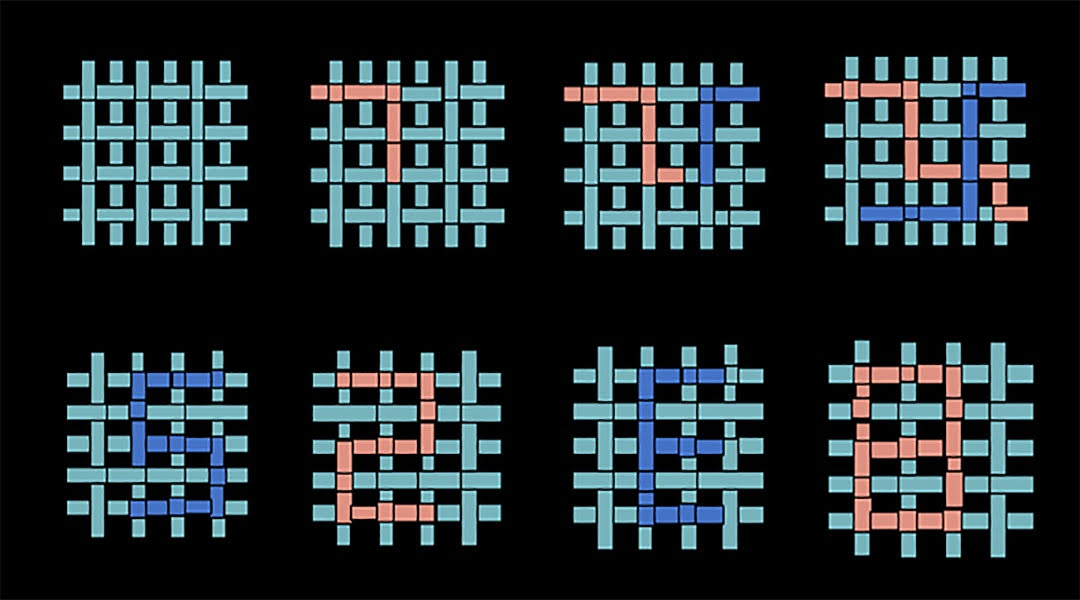
Artificial spider silk could be a smart and responsive alternative to traditional wound dressings, helping patients and medical staff to monitor recovery in real time.
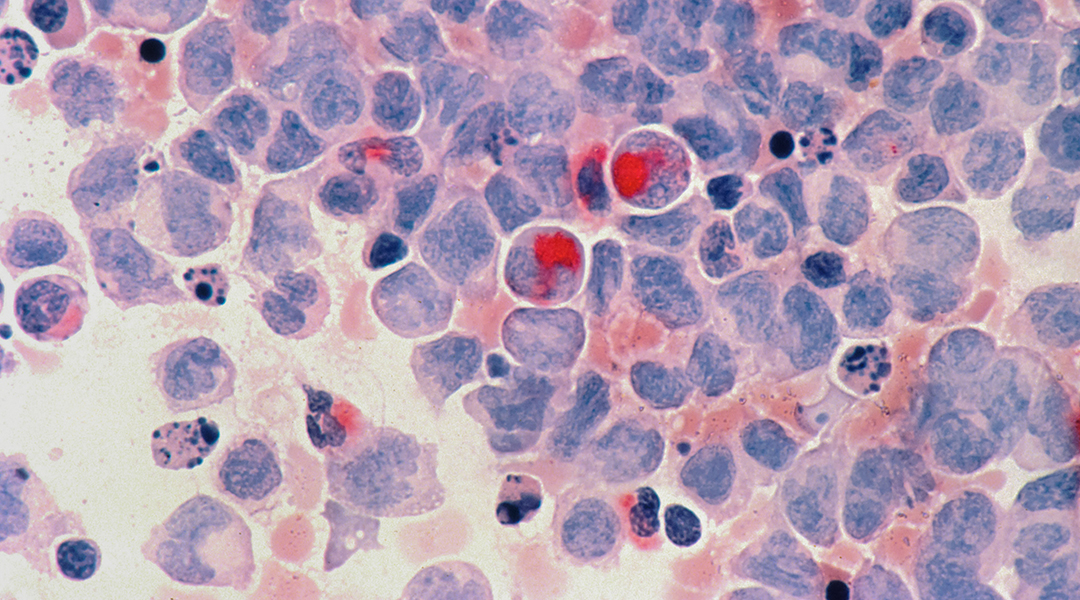
Tin mono-sulfide nanosheets prove to be effective and sensitive soft X-ray detectors with potential to monitor biological systems in real time.

Researchers are investigating ways to increase the efficiency and stability of solar cells, which could improve their commercial use as an alternative energy source.

Scientists at Sarbonne University reveal the chemical secrets behind the Romantic era’s most celebrated artists.
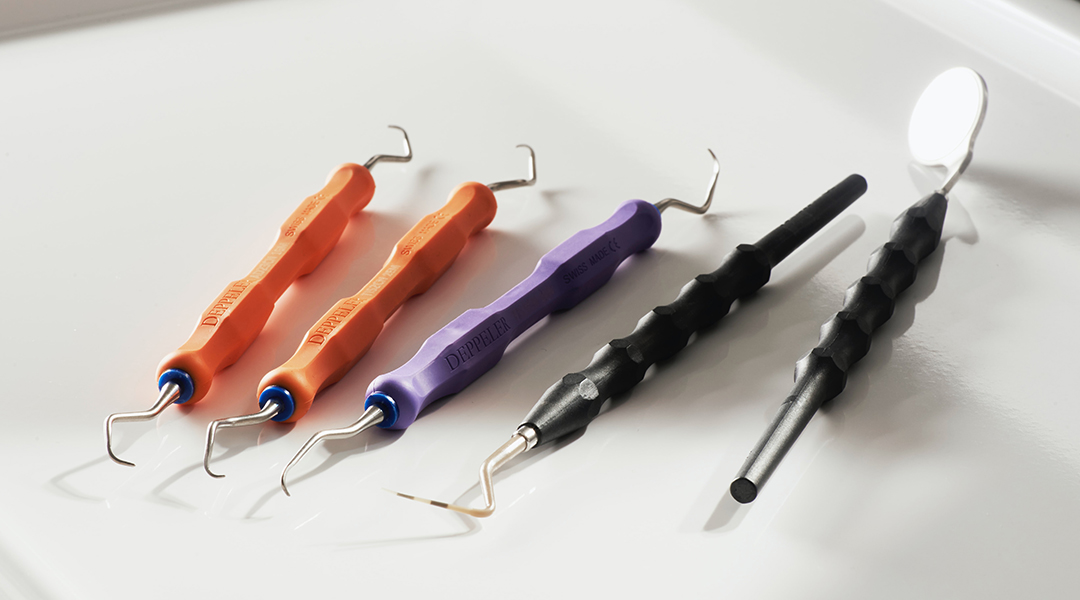
A charged microneedle patch for pain-free delivery of anesthetics could replace anxiety-inducing needles in dental work.
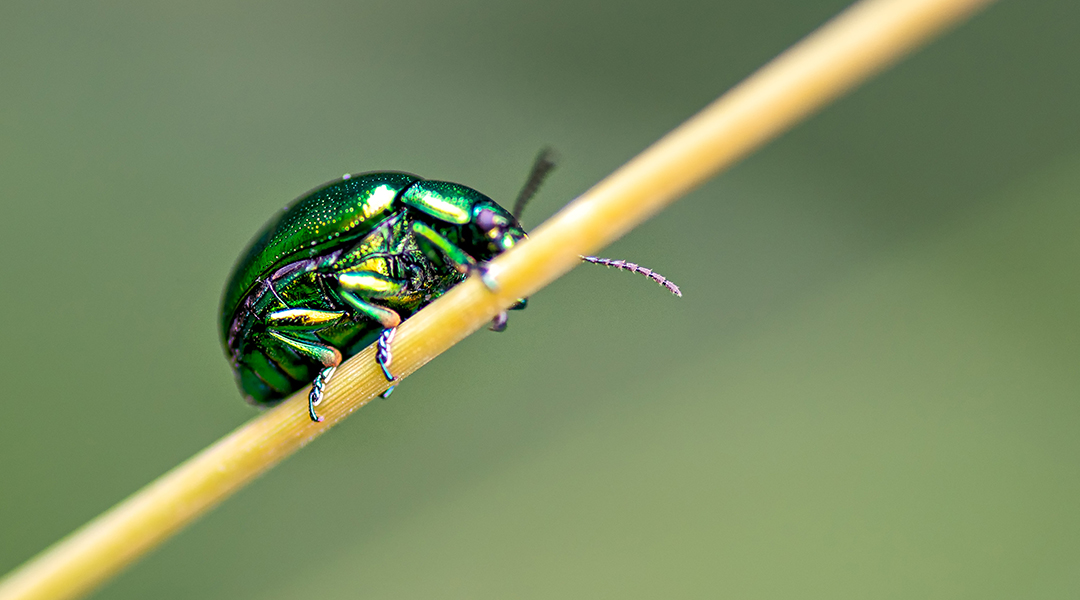
Exoskeletons of tree-dwelling and terrestrial beetles differ in their structural-mechanical properties and have inspired the design of new composite materials used for bioengineering.
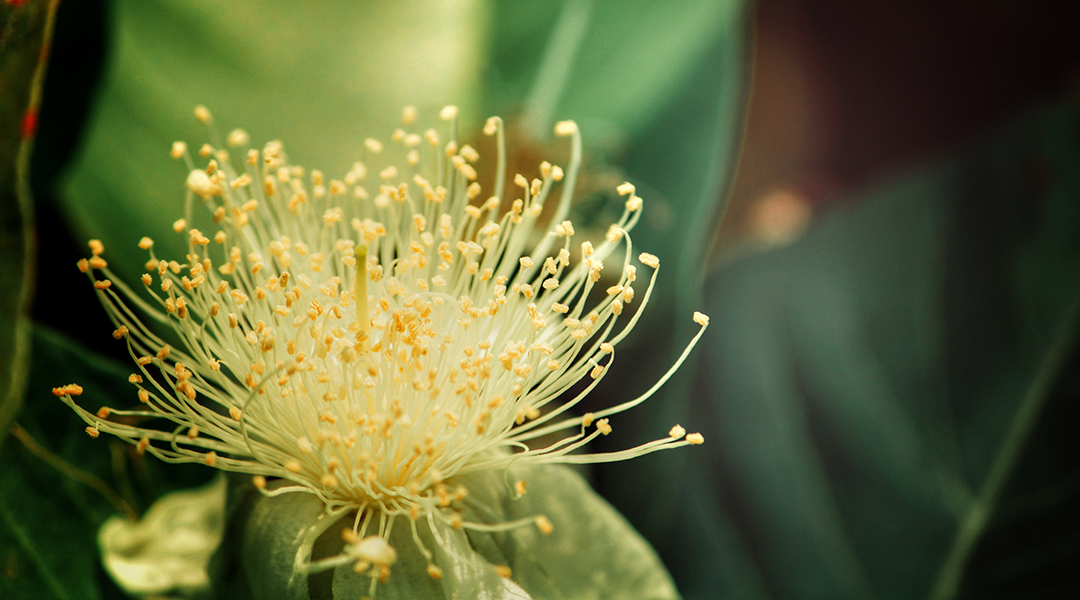
A pollen-based ink opens doors for advancements in 3D bioprinting.

New membrane inspired from bamboo allows researchers to create new 2D material for better ion transport in batteries.
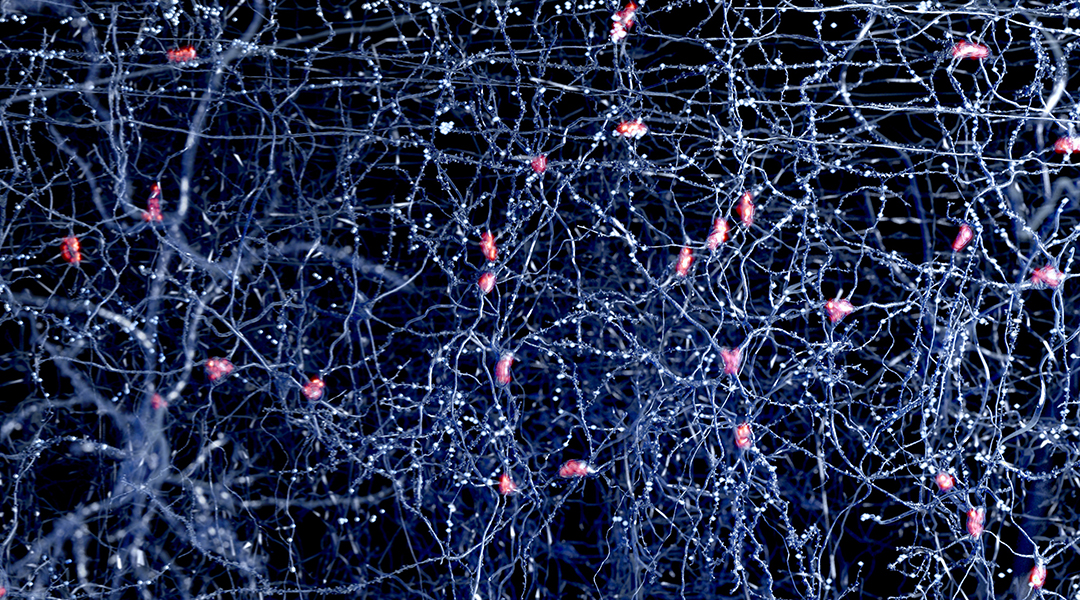
A new type of hydrogel could radically transform a novel stem cell treatment for Parkinson’s disease.